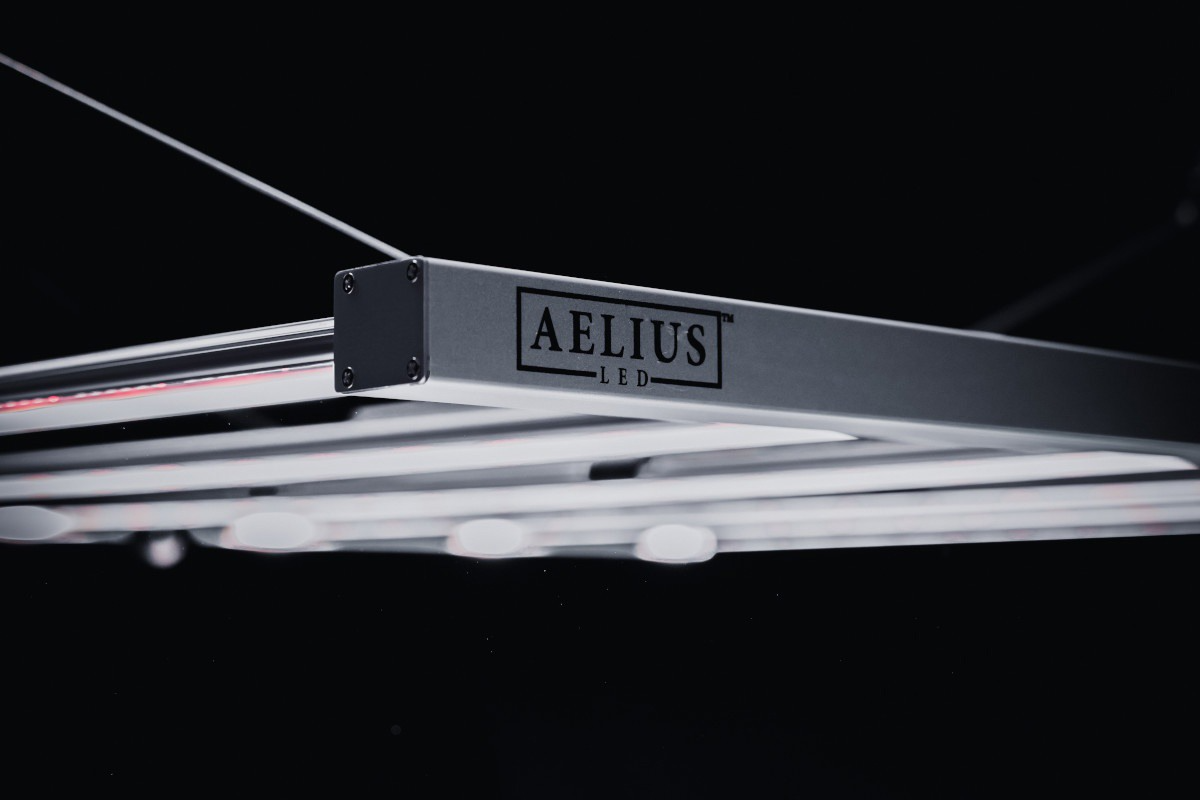Content Credit: Future Harvest Development
What are hydroponics?
Hydroponics are a soilless growing medium in which you grow plants in liquid. Generally they are grown in a nutrient solution mixed with water.
What are the benefits of hydroponics?
Hydroponics have many advantages. They actually use less water than other growing mediums, they take up less space, there is less chance of pests, you can easily control the nutrient intake … I could go on and on!
What are the disadvantages of hydroponics?
Despite how many advantages there are to growing with hydroponics, there are cons as well. Water based pathogens and diseases can spread quite quickly and algae can be a real problem when growing with hydroponics. Hydroponics are very expensive to install, require extensive upkeep and maintenance, and rely on a power source.
Growth Systems:
There are six main hydroponic growing mediums. Essentially, anything growing in a nutrient solution would be classified as a hydroponic; therefore, there are many variations and adaptations of the main hydroponics we have listed:
- Aeroponic
- Drip
- Wick
- NFT (Nutrient Film Technique)
- Deep Water Culture (DWC)
- Ebb and Flow (Flood and Drain)
What nutrients are required when growing in a hydroponic system?
Because you are growing without soil, you must provide all nutrients your plant needs in the nutrient solution it will be growing in. Plants need both micro and macro-nutrients to survive. The necessary macro-nutrients are:
1. Nitrogen
2. Phosphorus
3. Potassium
The essential micro-nutrients are:
- Magnesium
- Calcium
- Boron
- Copper
- Sulfur
- Zinc
- Iron⠀⠀⠀⠀⠀
Plants need both micro and macro-nutrients to survive!
Hydroponic Nutrients
Nutrients are offered in both powder form and liquid form. There are pros and cons to both. Liquid nutrients are pre measured and mixed which generally makes them easier to use. They are most often used for smaller grows and by hobbiysts.
Powdered nutrients can be more economical but they’re more difficult to use. Generally, large commercial grows use powdered nutrients.
⠀⠀⠀⠀⠀
Powder and liquid nutrients are both used for hydroponics.
An option for those who prefer powdered nutrients but want something a little easier, would be pre-mixed powder nutrients. Future Harvest offers some pre-mixed powder nutrients. The nutrients offered in powder form are our bud enhancers, Bud Start, Bud Boom, and Ton-O-Bud, and Carbo Blast.
⠀⠀⠀⠀⠀⠀⠀⠀⠀⠀⠀⠀⠀⠀⠀⠀⠀⠀
All of Future Harvest’s liquid nutrients can be used with hydroponics, except Royal Black as it is specifically designed for use with soil or coco.
Future Harvest has nutrients to aid in each step of the process while growing with hydroponics.
We recommend using our Holland Secret 3-part line. Micro and Grow are rich in nitrogen, and Bloom is packed full of phosphorus. This 3-part complete nutrient formula will get you through the vegetative straight to flowering!
Plants in the vegetative stage will require less nutrients than plants that are flowering.
We offer an up to date feeding schedule on our website with measurements so you always know exactly what to give your plants.
An important step to growing with hydroponics is to monitor the pH levels in the water. You ideally want your water to be between 5.5 and 6 when growing cannabis.⠀⠀⠀
Future Harvest offers pH adjusters to aid you in this. Try our Silica Up or Citric Down to help you maintain healthy levels.
Are plants grown in hydroponics more susceptible to root rot?
Sometimes, but not always! Root rot can occur while using hydroponics if there is poor water circulation. Roots need oxygen!
Can you prevent root rot?
You can try to prevent root rot by introducing beneficial bacteria to your nutrient solutions. Additionally, adding circulation to your water can help prevent root rot. Think bubbles! Airpumps will pump air through the water allowing for better circulation and oxygen to reach your plant’s roots.
Unlike the tops of plants, roots shy away from the sun. Keeping them in the dark will ensure they are healthy and thriving. Temperature is also an important factor in preventing root rot. Pathogens thrive in warm conditions so your nutrient solution should be kept around room temperature or cooler (75F or 23C).
Roots need oxygen to survive!
Can you cure root rot?
Ultimately, your time would be wasted trying to salvage your plants once root rot has taken over. We advise you to do everything possible to prevent it. Sometimes it is better to simply start over when root rot occurs.
Final Thoughts:
Although growing with hydroponics is an expensive investment, we believe it is worth it! As long as you follow a feeding schedule and are monitoring your plants closely you should be successful.
Read the original article posted by Future Harvest here.




